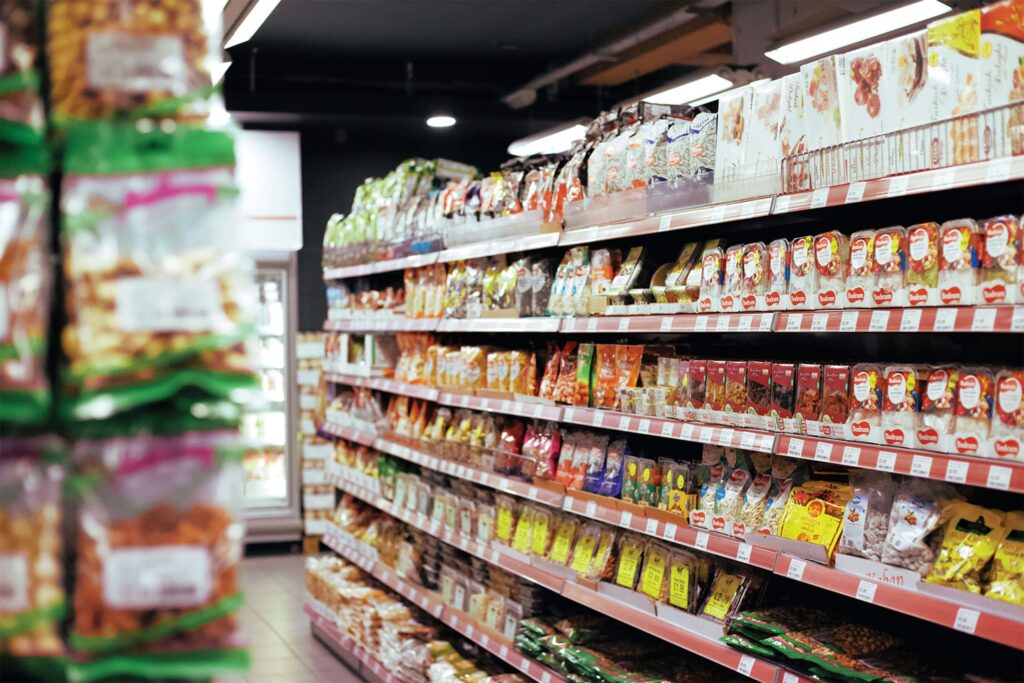WASHINGTON, DC — Think about how the grocery shopping experience has evolved over the past 12 years: Instacart was founded in 2012, and Amazon acquired Whole Foods in 2017. Now compare that with how the grocery shopping experience has evolved over the past 12 months.
In early 2020 — prior to the pandemic — online spending accounted for 14.5% of grocery sales according to the Food Industry Association’s annual US Grocery Shopper Trends report, a significant increase from the previous year of 3 to 4%. In March and April 2020, however, that number spiked to 27.9%.
As Gary Hawkins, founder and CEO of the Center for Advancing Retail & Technology (CART) stated on a May 2020 episode of the American Bakers Association’s Bake to the Future podcast, “The pandemic has accelerated nearly everything that’s been happening across retail over the last several years.”







